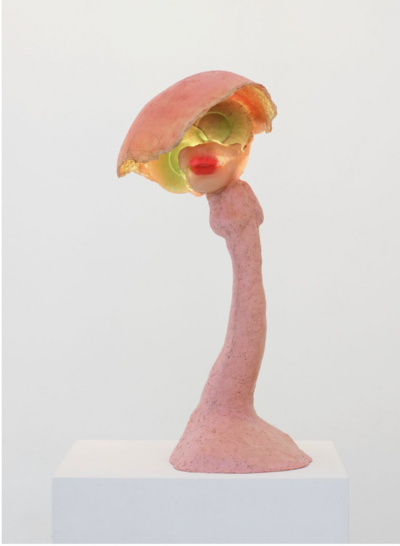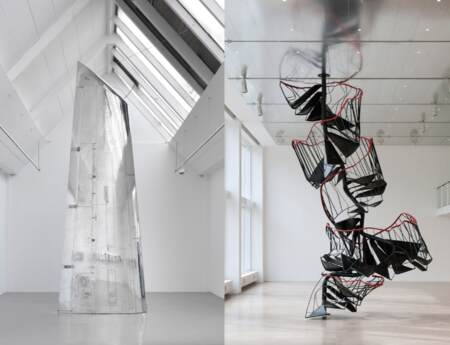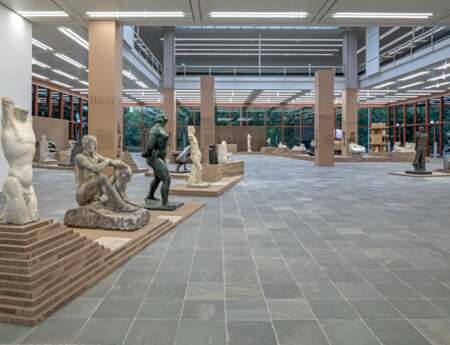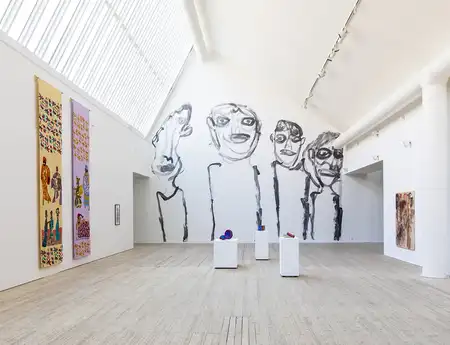Kunstmuseum Ravensburg
Burgstr. 9
88212 Ravensburg
Germany
Alina Szapocznikow: Body Languages
With the second institutional solo exhibition in the German-speaking area to be dedicated to the Polish sculptor Alina Szapocznikow (b. 1926, Kalisz, Poland, d. 1973, Passy, France), Body Languages offers a rare opportunity to get to know the oeuvre of one of the most fascinating artists of the twentieth century who, in spite of her innovative artistic output, has only become known internationally in the last two decades. The central focus of Szapocznikow’s sculptural and graphic works is on the human body, through which she uncompromisingly thematizes the fragility of existence and the paradoxes of life. Her untiring investigation of unconventional sculptural practices, materials, and forms assures her a status as one of the pioneering female sculptors who made fundamental contributions to an expansion of the sculptural.
Body Languages brings together more than 80 sculptures and drawings and investigates her work from the mid-1950s until shortly before Szapocznikow’s early death at the age of 46. The central focus of the exhibition is on the sensorily disquieting and humorously provocative oeuvre which the survivor of the Holocaust develops during her most experimental phase from the mid-1960s, in the context of occurrences in contemporary art and with regard to her own biographical experiences. The exhibition sheds light on Szapocznikow’s turning away from traditional figurative sculptures and evolving towards her objets maladroits (“awkward objects”), the title that she herself gives to her later works.
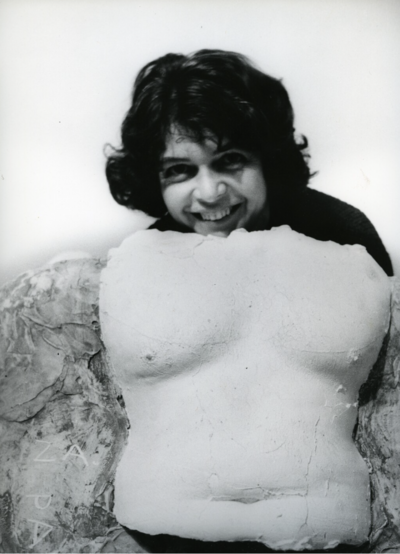
Szapocznikow was always aware of the fragility of human existence; it was a fundamental theme of her work. She found herself exposed several times to existential threats—from internment in concentration camps to life-threatening illnesses. “I am convinced that of all manifestations of the ephemeral the human body is the most vulnerable, the only source of all joy, all suffering and all truth,” stated the artist in 1972. Whether chiseled in marble, stylized into seductively glowing lamps, or as a skin-like covering: Szapocznikow’s oeuvre unites the entire spectrum of life and, right up to the present, remains just as visionary as at the time of its creation.
Curated by Ute Stuffer (director) and Prof. Dr. Ursula Ströbele (HBK, Braunschweig). An extensive catalogue is being published by the Verlag für moderne Kunst. A collaboration between the Kunstmuseum Ravensburg and the Musée de Grenoble. With generous support from the Polnisches Institut Düsseldorf and the Adam Mickiewicz Institute (IAM). The Adam Mickiewicz Institute is promoted by the Minister of Culture and National Heritage of Poland.
